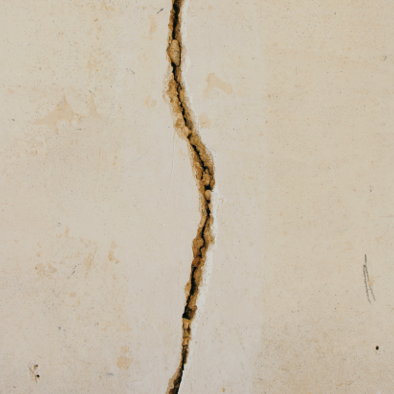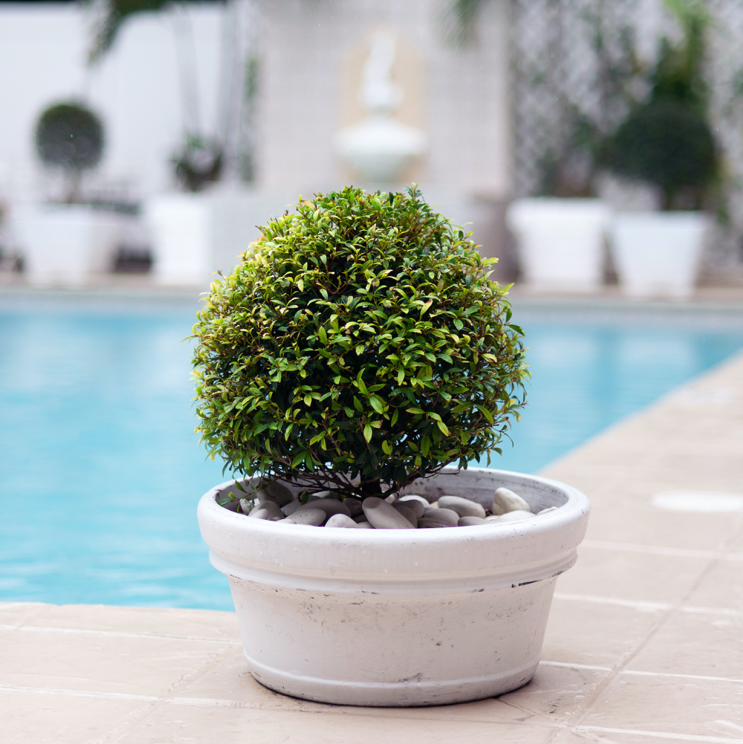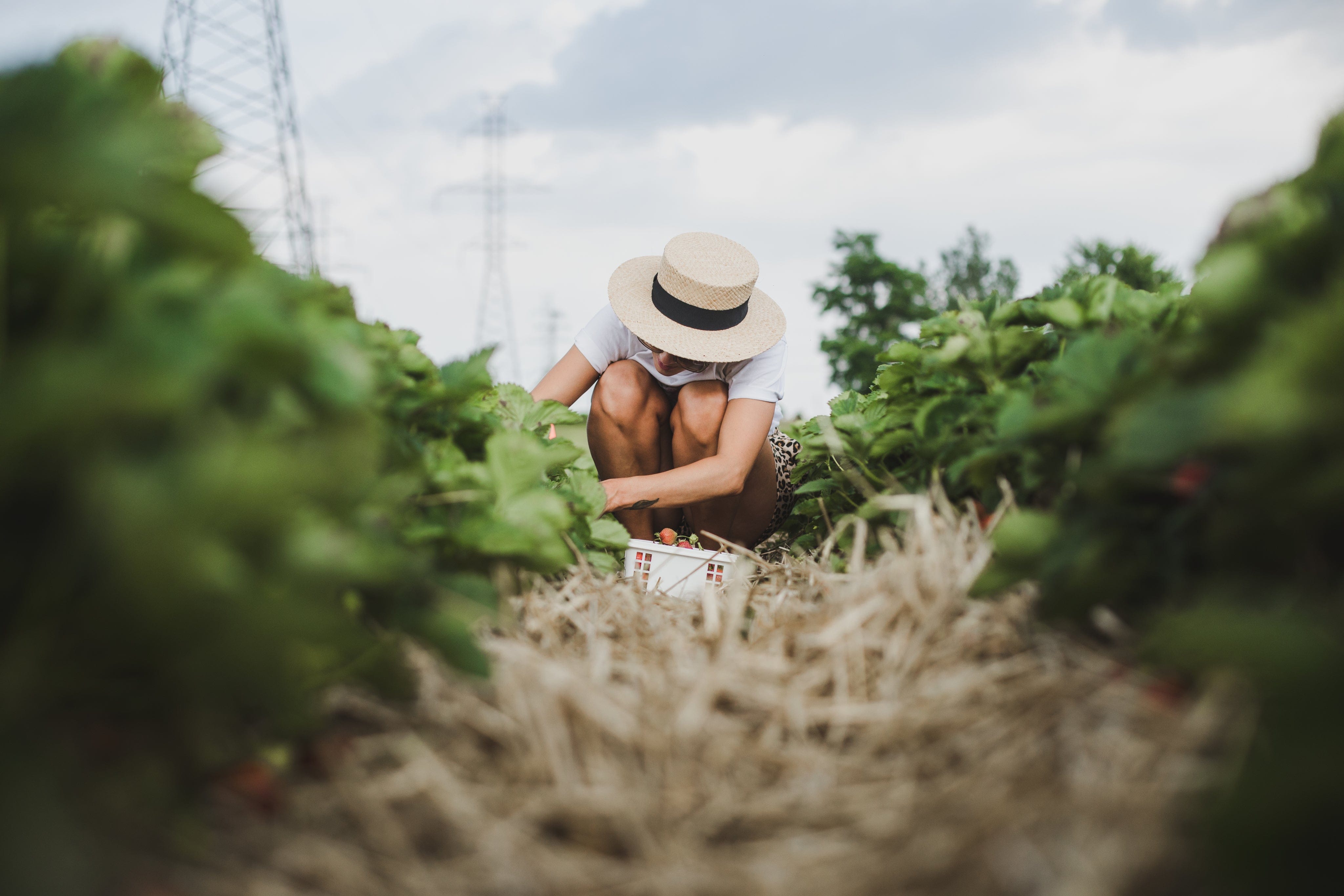Article: How to plant your concrete pot to reduce cracks

How to plant your concrete pot to reduce cracks

So you have purchased a new concrete pot and are ready to plant it up with flowers, vegetables, or trees. But before you can begin planting there are a couple of things to keep in mind to ensure the longevity of your pot.
The Pot Shack stocks pots that have been manufactured with specifically formulated concrete to ensure the highest strength and quality. The pots are highly weather-resistant and are perfect for indoor and outdoor use. But even so, concrete can crack when not treated and planted in the correct way.

The following points are going to explain how to plant up a concrete pot to help reduce the number of cracks that can appear.
Drainage
Drainage is extremely important when planting up a concrete pot and is often overlooked. After filling a pot with soil and fertilizer, water can collect at the bottom of the pot and can cause extreme pressure on the pot and also cause the pot to swell inside. Both of these can cause the concrete to crack.
Firstly, Adding rocks, pot filler, or pebbles to the base of the pot before adding any soil will ensure any excess water can easily drain out. At least fill a third of the pot up starting from the base.

Secondly, ensure your pot has drainage holes in the base. A few small holes will do. This just ensures any excess water can escape through the bottom.
Thirdly, ensure the pot is on a tray or pot feet so that the drainage holes do not get blocked.
Plant Size
A plant's size and root systems can cause the pot to break either from pressure or the actual roots growing through the concrete walls. Concrete is breathable and therefore roots can grow through the pot quite easily.
When adding a larger plant or a plant with a bigger root system to a pot, the best way to contain the roots systems is by adding a plastic liner to the inside of the pot before adding the soil and plant. Roots cannot grow through plastic and will protect the pot from root damage.
Another point to keep in mind is the size of the plant. Adding a large plant to a small pot will put added pressure on the pot and may cause the concrete to crack. Also, keep in mind the size that the plant will grow to when it reaches maturity.

Moving the pot
The concrete is extremely strong when planted, but the rigidity can be affected when the pot is damaged. Concrete can be chipped or broken when the pot is bumped or dropped.
When the pot is empty the pot is much more manageable. After the pot has been planted it can become extremely heavy and very difficult to move or reposition. This can result in the pot being bumped against things like stairs or the corners of walls. Even dragging a pot can cause damage.
The damage caused may not be immediately apparent but after a few weeks, the pot may start to crack.
It is always recommended to remove all the contents of the pot before moving and then replanting once the pot has been repositioned. Also always ensure the people who are moving the pot are strong enough to lift the pot off the floor and are able to carry the pot to its new position without dropping or dragging the pot.
Soil Type
The soil type used to plant up your pot will also affect the pot. Using soil mixes such as a potting mix will help with the water drainage in the pot. Too much excess water can cause the pot to crack over time. Soil types that are mostly clay or very fine can cause poor drainage and are not recommended for use inside of concrete pots.
Learn more about the different soil types here
Keeping to the suggestions above will help to reduce the number of cracks a concrete pot may get overtime.
Interested in reading more, click on the below:
Now that you know how to protect your pot, let's get cracking!
If you have any questions, please feel free to give us a shout on 074 361 9344 and we would be happy to advise you further.



Leave a comment
This site is protected by hCaptcha and the hCaptcha Privacy Policy and Terms of Service apply.